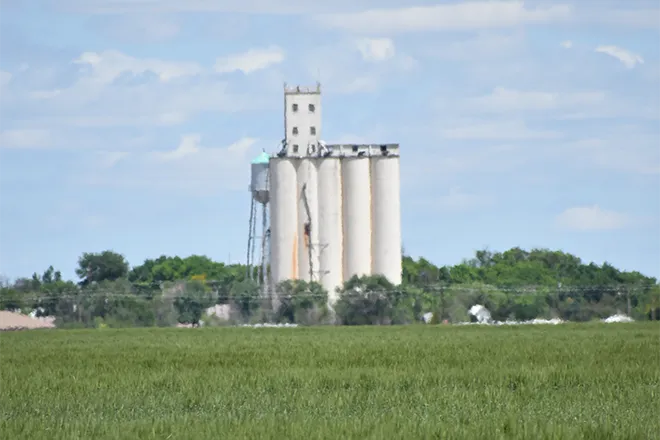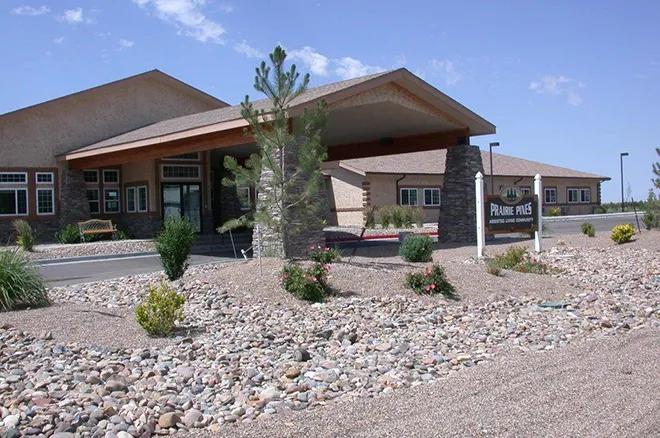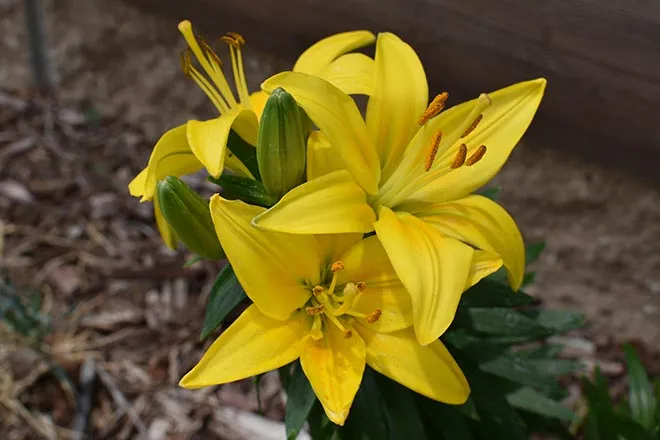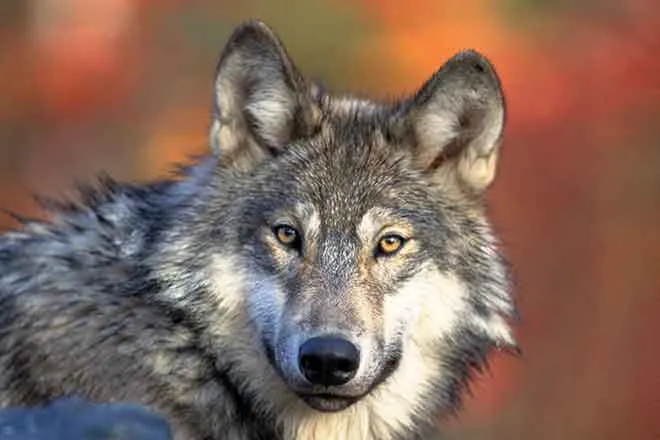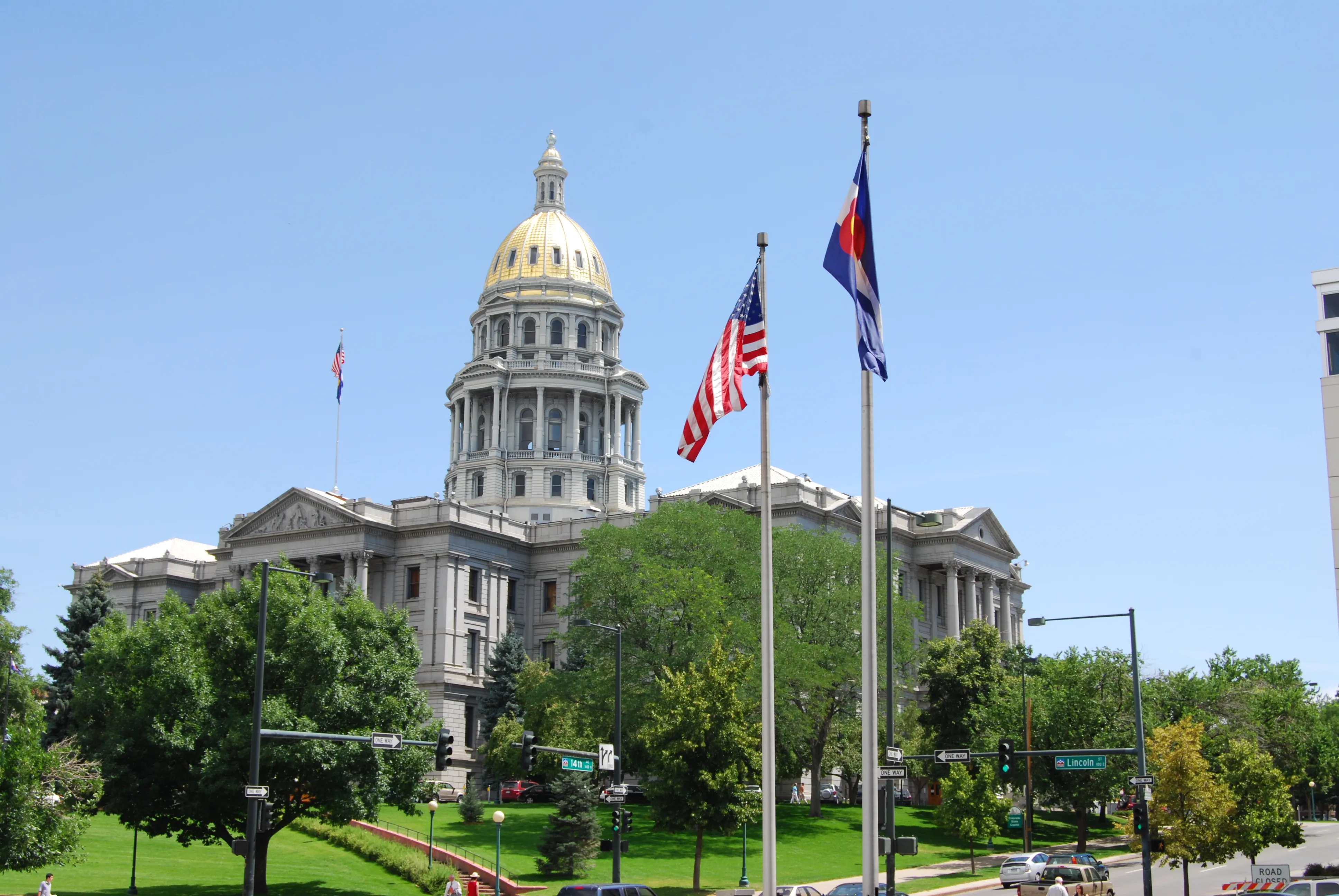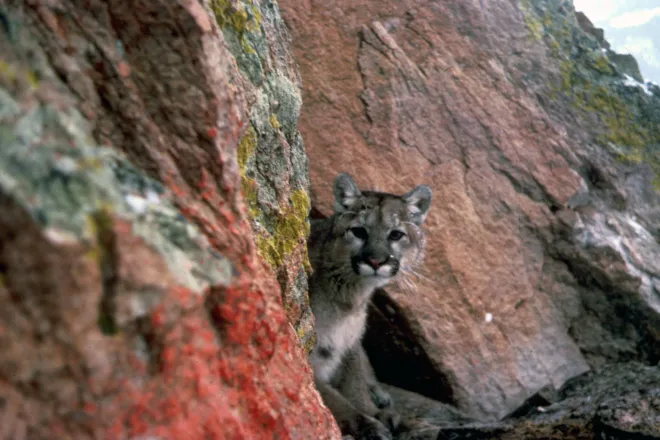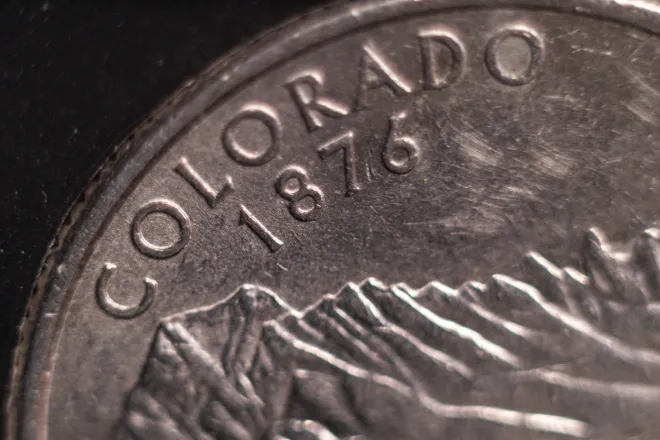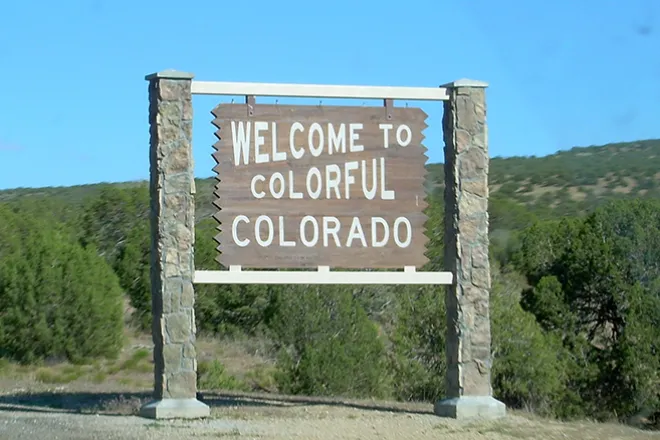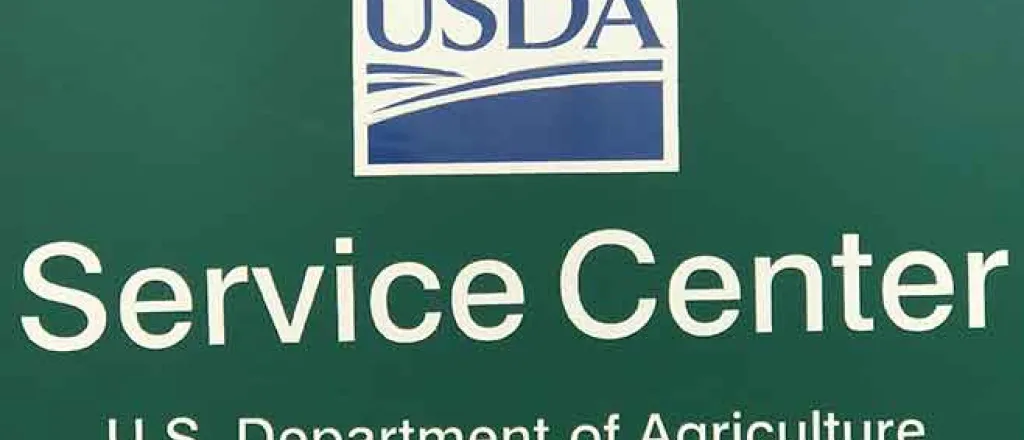
USDA Update – July 27, 2021
IMPORTANT DATES TO REMEMBER:
- CRP signup dates – Continuous SU 55 - June 14 - August 6, CRP Grasslands – July 12 – August 20
- PLIP Signup deadline September 17, 2021.
- County Committee Nomination Deadline - August 2, 2021
- Non-Emergency CRP Haying and Grazing available for eligible acreage subject to payment reduction.
Disclaimer: Information in this UPDATE is pertinent to Kiowa County FSA only. Producers reading this and that do not have FSA interest in Kiowa County are advised to contact their local FSA Office.
THE USDA SERVICE CENTER HAS A DROP BOX AVAILABLE ON THE EAST SIDE OF THE BUILDING.
USDA Announces Dates for Conservation Reserve Program Grasslands Signups
Agricultural producers and landowners in Colorado can apply for the Conservation Reserve Program (CRP) Grasslands signup until August 20, 2021. This year, the U.S. Department of Agriculture (USDA) updated signup options to provide greater incentives for producers and increased the program’s conservation and climate benefits, including setting a minimum rental rate and identifying two national priority zones.
The CRP Grassland signup is competitive, and USDA’s Farm Service Agency (FSA) will provide for annual rental payments for land devoted to conservation purposes.
Grasslands Signup
CRP Grasslands helps Colorado landowners and operators protect grassland, including rangeland, including native grass, while maintaining the areas as working grazing lands. Protecting grasslands contributes positively to the economy of many regions, provides biodiversity of plant and animal populations, and provides important carbon sequestration benefits.
FSA has updated the Grasslands Signup to establish a minimum rental rate of $15 per acre, which will benefit 1,300 counties.
To focus on important wildlife corridors, FSA also identified National Grassland Priority Zones, providing extra incentives to producers for enrolling grasslands in important migratory corridors and environmentally sensitive areas – the Greater Yellowstone Elk Migration Corridor and the Severe Wind Erosion – Dust Bowl Zone. Counties within these two zones get extra ranking points as well as $5 added to their rental rate. The CRP Grasslands Ranking Factors fact sheet has additional information.
How to Sign Up
To enroll in the CRP Grasslands signup, producers and landowners should contact USDA by the August 20 deadline. Service Center staff continue to work with agricultural producers via phone, email, and other digital tools. Because of the pandemic, some USDA Service Centers are open to limited visitors. Contact your Service Center to set up an in-person or phone appointment. Additionally, more information related to USDA’s response and relief for producers can be found atfarmers.gov/coronavirus.
This office is expecting many producers will be interested in CRP Grasslands. Interested producers need to be reminded of the following –
Rental rate for Kiowa County is $20.00 per acre as the county is in the National Grassland Priority zone.
CRP payment limitation is $50,000 per person; the limitation encompasses ALL CRP payments; including Grasslands. Producers who are maxed out at the $50,000 and if they enroll into the CRP Grasslands and are accepted; could potentially be limited.
If the offer is accepted; NRCS will do a site visit to determine species of grasses and forbs and will determine a grazing plan based on that information. These grazing plans will have drought management included.
Eligible producer requirements according to Handbook 2-CRP, paragraph 126 must be followed regarding submitting an offer. If the producer offering the land for enrollment has not owned or operated the land 12 month prior to August 20, 2021; that producer is not considered an eligible producer. Current operators must show they have control of the land for the duration of the contract to be eligible to submit an offer.
CRP Grassland contract shares will be recorded on the FSA-578 acreage report. If the acreage is leased to another producer on a year to year or AUM basis; the acreage will remain certified as CRP Grasslands on the FSA-578, report of acreage with the CRP participants for ALL FSA program eligibility.
- Ex. Producer Joe offers native grass into CRP Grasslands. USDA accepts the offer and producer Joe signs the conservation plan and the CRP-1. The shares on the CRP-1, reflect producer Joe with 100% of the CRP Grasslands contract; those shares are reflected on the annual report of acreage on FSA-578. Producer Joe then leases the native grass to graze that is under the CRP Grasslands contract to Producer Fred on a year to year basis. Producer Fred is paying Producer Joe a grazing lease payment at the end of the calendar year. The county triggers for LFP or Livestock Forage Program due to drought conditions the county is experiencing. The FSA farm records will NOT be changed to reflect Producer Fred as having risk and control of the acreage he leases from Producer Joe; because Producer Joe has a CRP Grasslands contract and for FSA purposes, risk and control of the acreage is certified to Producer Joe.
FSA COUNTY COMMITTEE NOMINATION PERIOD
County Committee Election Nomination period ends on Monday, August 2, 2021. In Kiowa County, Local Administrative Area or LAA eligible for election is Area 2 – which is the central portion of the county. The current representative for this area is Destiny (Duff) Haase.
Farm Service Agency (FSA) county committees are a critical component of the day-to-day operations of FSA and allow grassroots input and local administration of federal farm programs. Farmers and ranchers who are elected to serve on FSA county committees apply using their judgment and knowledge to help with the decisions necessary to administer FSA programs in their counties, ensuring
the needs of local producers are met. FSA county committees operate within official federal regulations and provide local input on:
- Income safety-net loans and payments, including setting county average yields for commodities.
- Conservation programs.
- Incentive, indemnity, and disaster payments for some commodities.
- Emergency programs; and
- Payment eligibility.
Every eligible agricultural producer should participate in FSA county committee elections--whether you are a beginning or established producer, historically underserved producer (minority and women), or whether you have a large or small operation—because FSA county committees are your link with the U.S. Department of Agriculture (USDA).
Who Can Vote?
Agricultural producers of legal voting age may be eligible to vote if they participate or cooperate in any FSA program. A person who is not of legal voting age but supervises and conducts the operations of an entire farm also may be eligible to vote.
Members of American Indian tribes holding agricultural land are eligible to vote if voting requirements are met.
More information about voting eligibility requirements can be found in the FSA fact sheet titled “FSA County Committee Election - Eligibility to Vote and Hold Office as a County Committee Member,” located at fsa.usda.gov/elections. Producers may contact their local FSA county office for more information. To find your local FSA county office, visit farmers.gov.
Nominations
Agricultural producers who participate or cooperate in an FSA program may be nominated for candidacy for the county office. Individuals may nominate themselves or others as a candidate. In addition, organizations representing underserved (minority and women) farmers or ranchers may nominate candidates.
To become a nominee, eligible individuals must sign nomination form FSA-669A. The form includes a statement that the nominee agrees to serve if elected. Nomination forms are filed in the FSA office that
administers a producer’s farm records and is available at the FSA county office or online at fsa.usda.gov/elections. All nomination forms for the 2021 election must be postmarked or received in the local FSA county office by August 2, 2021, or next available business day.
CRP Non-Emergency Haying and Grazing
Haying and grazing of CRP acres is authorized under certain conditions to improve the quality and performance of the CRP cover or to provide emergency relief to livestock producers due to certain natural disasters. There are two types of haying and grazing authorization: non-emergency and emergency.
In general, non-emergency haying may be utilized every three years and non-emergency grazing may be utilized every two years. Additional grazing may be available to new and beginning farmers.
CRP participants requesting emergency or non-emergency haying and grazing must file a request with their county FSA office indicating the acres to be hayed or grazed before the activity begins.
Before CRP acres are declared eligible for haying or grazing, a modified conservation plan developed by NRCS or a technical service provider must be obtained. The modified conservation plan must be site specific, include the authorized duration and reflect local wildlife needs and concerns. The primary purpose must be to maintain vegetative cover, minimize soil erosion and protect water quality and wildlife habitat quality. These plans must ensure no long-term damage to the conservation cover is caused.
For more information on CRP haying and grazing visit fsa.usda.gov/crp or contact your FSA county office.

